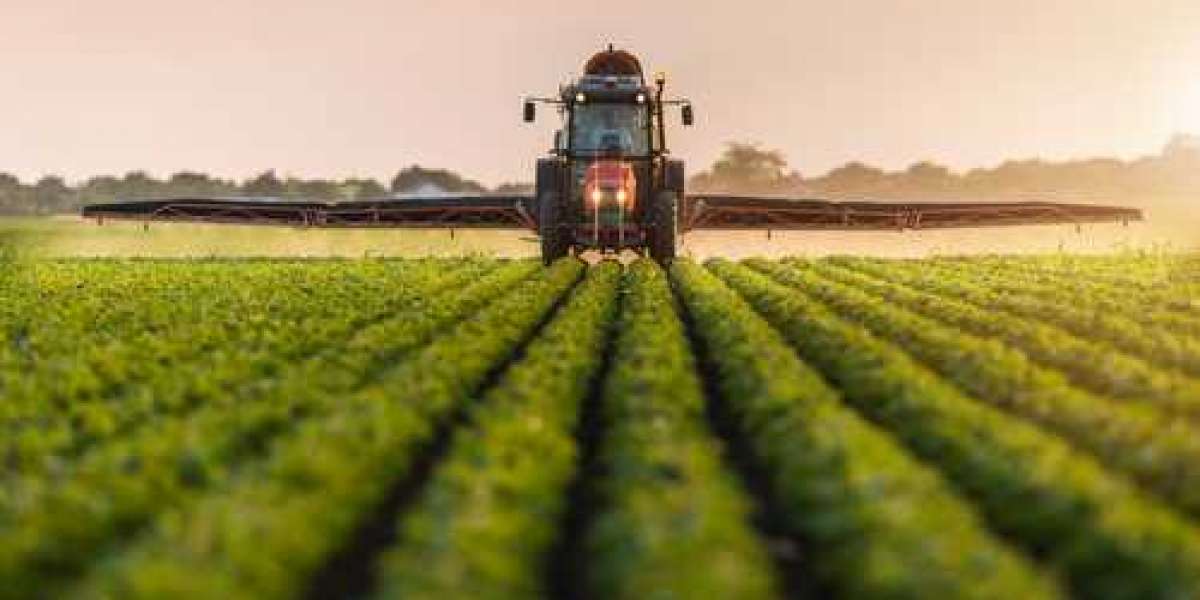The need for enhancing yield on agricultural fields is growing day by day. This can be major ascribed to the growing population across the globe and reduction in farming lands. As per the Food and Agriculture Organization, a United Nations agency, the arable land around the world decreased by about 0.8 million square km in between 2000–2015. This is creating a pressing need for increasing the yield of existing farming lands, so that the needs of the increasing population can be taken care. The farmers are increasingly making use of advanced technologies and agrochemicals in order to maximize the output on farms.
These factors are further resulting in the growing demand for agricultural adjuvants, which are commonly used for enhancing the performance of pesticides. These chemicals can be added to the spray tank for improving the application characteristics of pesticides. Owing to all these attributes of these chemicals, the global agricultural adjuvants market is expected to generate a revenue of $3,778.9 million by 2023, rising from $2,777.6 million in 2017, progressing at a 5.3% CAGR during the forecast period (2018–2023). There are two types of agricultural adjuvants on the basis of function, namely utility and activator adjuvants.
Built-in and tank-mix are the two types of formulations of agricultural adjuvants. Owing to their properties that can enhance the performance and compatibility of agrochemicals, the demand for tank-mix agricultural adjuvants is predicted to rise significantly in the years to come. Different applications of agricultural adjuvants include fungicides, herbicides, and insecticides. An increasing demand for agricultural adjuvants is expected to be created for fungicides applications in the years to come. This is due to the properties of these adjuvants to prevent infection by fungal pathogens, which is done by creating a barrier on the surface of the host plant.
Geographically, North America was the largest agricultural adjuvants market in the past, which is owing to the presence of a large number of manufacturers, availability of differentiated products, and a large end-user base in the region. Other than this, the demand for these products is also expected to rise considerably from the Asia-Pacific region in the years to come. This is because of the monetary and regulatory support under center and state implemented policies in India and heavy investments by the Chinese government.








